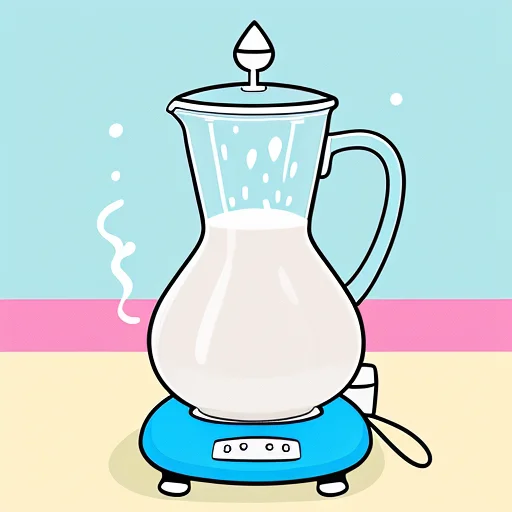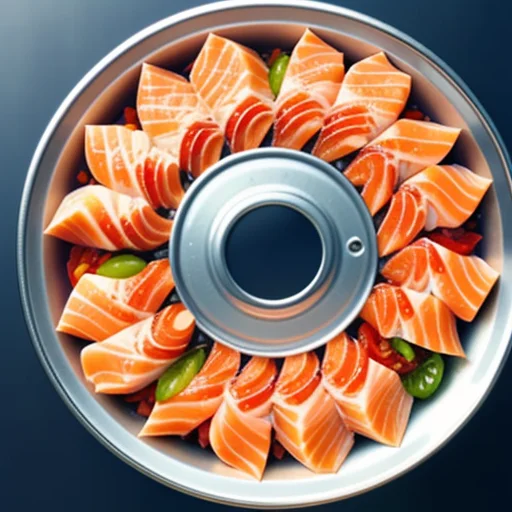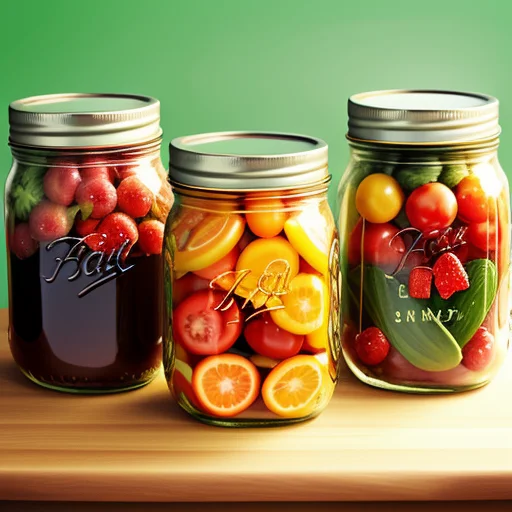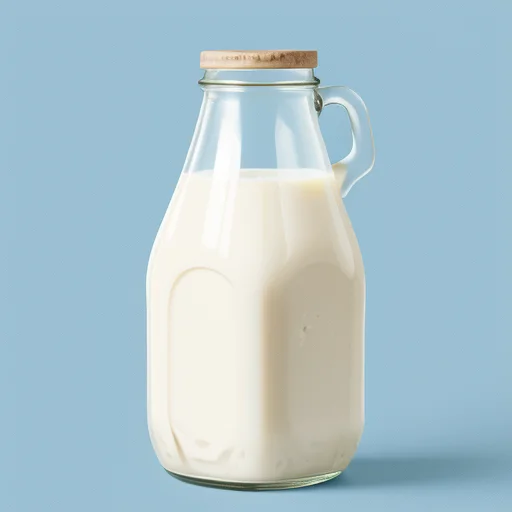As an Amazon Associate I earn from qualifying purchases.
Food processing involves taking raw agricultural commodities and turning them into processed foods that have a longer shelf life and are safe for consumers to eat. With large-scale production, it is critically important that food processors have systems in place to prevent microbial contamination and foodborne illnesses. There are several key methods used by the food processing industry to keep our food supply safe. So In this article you will get to know which of the following are two methods used by food processors to keep food safe.
Pasteurization

One of the most common and effective methods is pasteurization. This process was named after Louis Pasteur and involves heating foods to destroy pathogenic microorganisms that could cause disease.
There are two main approaches:
- High Temperature/Short Time (HTST) – Heating to 161°F for 15 seconds
- Ultra Pasteurization – Heating to 280°F for 2 seconds
The high heat denatures proteins in bacteria and viruses, effectively killing them off. The most commonly pasteurized foods include:
- Milk
- Juices
- Eggs
- Some meat products
Pasteurization allows these foods to be stored for longer periods without spoiling while still maintaining their nutritional value. It is a simple but proven way to make products safe for consumption.
For example, pasteurized milk lasts 2-3 weeks refrigerated versus just a few days for raw milk. The pasteurization process targets harmful pathogens like E. coli, Salmonella, and Listeria that have caused deadly outbreaks linked to raw milk and cheese made from it. Fatalities used to occur frequently before pasteurization became standard practice.
There are some niche food producers that sell raw milk and cheese made from unpasteurized milk, but this products are considered much riskier. The FDA warns that “unpasteurized milk can cause serious illness or even death.” Consumers seeking alternatives can look for the “ultrapasteurized” label to still get many of raw milk’s benefits but with added safety.
Canning

Another ubiquitous method is canning, where foods are placed in sealed containers and heated to destroy microbes. The two main canning methods are:
- Boiling Water Bath – Jars heated in 212°F boiling water for 10-15 minutes. Used for high-acid foods like fruits, jams, pickles.
- Pressure Canning – Jars heated under high pressure at 240°F. Required for low-acid foods like vegetables, meat, fish.
Common canned foods include:
- Fruits like peaches, pears, pineapple
- Tomatoes, beans, corn, other vegetables
- Soups, stews, and chilis with meat
- Tuna, salmon, chicken
Canning allows shelf-stable preservation for 1-5 years. The benefit of canning is that it retains more nutrients than freezing or drying methods.
Proper technique is critical to prevent botulism, a potentially fatal illness caused by Clostridium botulinum bacteria. The FDA provides in-depth guides on safe home canning including step-by-step instructions, processing times, and altitude adjustments. Botulism risk is highest with low-acid foods, so pressure canning is a must for non-acidic vegetables, meats, seafood, etc. Follow approved recipes and ensure lids seal properly.
Commercial canning in food plants is even more meticulous. After filling cans, they are seamed and heated in retorts to 250°F for extended times based on the product. This commercial sterilization destroys spores that could otherwise survive and allow toxin production after canning. Strict quality controls are followed throughout.
Other Key Methods

While pasteurization and canning are most widely used, processors employ other techniques:
- Irradiation – Exposing food to radiant energy like gamma rays or electron beams to kill microbes. This does not make food radioactive.
- Dehydration – Removing moisture to inhibit microbial growth and extend shelf life. Often used for herbs, vegetables, meat jerky.
- Frozen Storage – Storing at freezing temps like -10°F to 0°F keeps food preserved by halting microbial growth.
- Preservatives – Chemicals like nitrites, salt, sorbates, propionates, and vinegar inhibit bacterial growth.
- Proper Equipment Sanitation – Following SSOPs (Sanitation Standard Operating Procedures), rigorous cleaning procedures.
Safe Food Handling

To keep food safe during and after processing, it is critical that manufacturers follow Good Manufacturing Practices (GMPs):
- Maintaining clean facilities, equipment, employees
- Proper temperature controls
- Preventing cross-contamination
- Following Sanitation Standard Operating Procedures (SSOPs)
- Conducting microbiological testing
- Proper training of staff
For example, surfaces must be thoroughly cleaned and sanitized between processing different foods to avoid cross-contamination of allergens or microbes. Workers handling raw meats vs. produce should not switch tasks without changing protective garments and washing up. Regular site inspections and swab testing ensure sanitation efficacy.
Consumers must also handle food properly through:
- Washing produce to remove dirt and microbes
- Separating raw and cooked foods
- Cooking to safe internal temperatures (145°F for fish, pork, 160°F for ground beef)
- Refrigerating perishable foods promptly at 40°F or below
- Observing sell-by dates and discarding old food
- Following the FDA’s 4 basic food safety steps
For example, thawing meat on the counter or reusing marinades can lead to illness. Storing produce above raw chicken juices in the fridge cross-contaminates the produce. Proper handling prevents providing a gateway for pathogens to infect your gastrointestinal tract.
Government Regulation
In the US, food safety is overseen by federal agencies:
- FDA – Regulates all domestic and imported food except meat and poultry
- USDA – Regulates meat, poultry products and processing plants
All food processing plants must have Hazard Analysis and Critical Control Points (HACCP) plans that identify and control hazards. Government inspectors routinely audit plants for compliance with regulations. For meat products, USDA inspectors are on-site daily. Any products linked to illnesses must be recalled from the market.
For example, in 2018 over 200 million eggs were recalled after some were linked to a Salmonella outbreak that sickened 45 people. The FDA and CDC investigated the origins at Rose Acre Farms and prompted the voluntary recall. Recalls remove the contaminated products from commerce to prevent further illness.
When safety lapses occur, food facilities risk being shut down. In 2019, a major beef recall happened when diseased cattle entered a slaughterhouse and were processed. The meat was distributed nationwide by Whole Foods and others prompting public warnings. These incidents illustrate the need for continued food safety vigilance.
Summary Of Which of the Following Are Two Methods Used by Food Processors to Keep Food Safe?

To summarize, pasteurization and canning are two critical methods processors rely on to destroy potential pathogens and keep food safe for consumption. With proper oversight and food handling practices, consumers can be assured the food supply is safe. Foodborne illnesses have declined as technology and safety practices have advanced.
Proper preservation, packaging, sanitation, and temperature control create multiple barriers to contamination. Developments like high pressure processing and antimicrobial coatings provide new weapons against microbial hazards.
No system is foolproof however, and risks can never be fully eliminated. From farm-to-fork, there are many opportunities for pathogens to infiltrate. Still, applying HACCP principles minimizes trouble spots. Regulatory and public scrutiny also incentivize food companies to strengthen their food safety programs.
For more tips, see this guide on how to arrange appliances in small kitchens.
Conclusion
In conclusion, keeping food safe requires diligence across the entire production chain. When evidence-based preventive practices are followed, the risk of contamination is greatly reduced. Food processing safety continues to improve through innovation and vigilance. But everyone plays a role in keeping the food supply secure.
As an Amazon Associate I earn from qualifying purchases.

